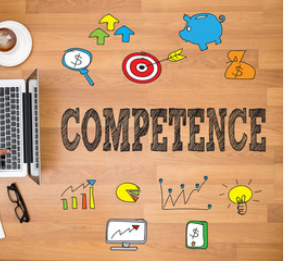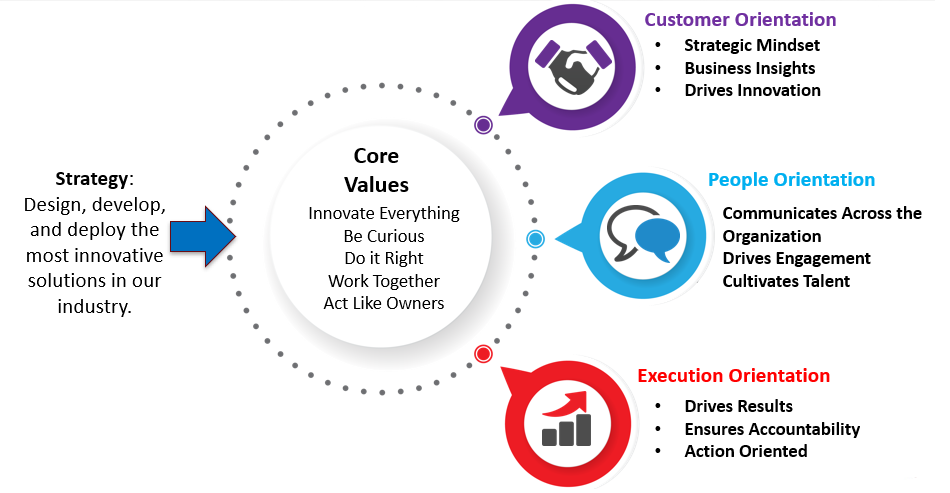While I was conducting a Human Capital Management planning session for one of my clients, the  extremely successful Vice President of R&D asked the questions with the utmost of respect and sincerity; “I really don’t get this competency thing. It all seems like platitudes and buzzwords that are somehow supposed to make us feel good about something that I’m not sure of. Can someone explain to me why I should care about a competency model?”
extremely successful Vice President of R&D asked the questions with the utmost of respect and sincerity; “I really don’t get this competency thing. It all seems like platitudes and buzzwords that are somehow supposed to make us feel good about something that I’m not sure of. Can someone explain to me why I should care about a competency model?”
It’s a fair question and one that I hear quite often from other line managers who are often involved in approving a competency model and then participating in the training programs that typically come soon after either directly or indirectly by sending direct reports to the training sessions.
What is a Competency Model in 2019?
Before I get to the things line managers need to know, it’s important to review and determine what a competency model is in 2019 and beyond. The answers will vary from resource to resource, but essentially a competency model is a framework that defines the skills and knowledge an organization needs to have to execute its business strategy through the people doing their specific jobs and achieving their goals and objectives.
I recently helped a client develop a new competency model that was based on their strategy of innovative product leadership and I can show, share and use as an example.
This model links the strategy to the core values to the three primary drivers of the model which are Customer Orientation, People Orientation, and Execution Orientation. There is no real “magic” here and this model is like millions of models within the business universe.

Beyond the Fuzzy Platitudes
So, how then is the Vice President of R&D wrong? How is the competency framework I presented different and meaningful? The answer is in the following five elements that are critical in terms of decoding the importance of the Competency Model:
Strategy
Every great competency model must be directly linked to the strategy of the business. Competency models that are not connected to the strategy are guaranteed to fail and there is a very good chance the business will implode.
Code of conduct
A great competency model is directly linked to the code of conduct that drives the strategy of the business. The code of conduct defines how people will behave toward themselves and others (like customers and vendors) in the business environment when executing the strategy.
Priorities, Goals, and Objectives
It may read like a “no-brainer” but you would be surprised by how many organizations don’t utilize the competency model to acquire, develop, and retain the talent who sets the priorities of the company as well as drives toward accomplishing the goals and objectives of the business.
Drives training
The competency model should drive the organization’s training roadmap. Most great companies will conduct surveys and assessments to determine the skill gaps they have in terms of executing the strategy through specific goals and objectives. In the example of the Competency Model I shared every single training program for Business Acumen to Business Leadership to Strategy Business Selling was grounded in the combination of the strategy and the gaps that existed in the current talent pool.
Succession planning
The final element is Succession Planning. Great companies never miss a beat when key talent leaves. A strong competency model enabled the development of a comprehensive succession planning process that starts with identifying the key roles of the organization and the skills of potential replacement for those key roles. In today’s economy of 3.3% unemployment, developing the succession plan is critical because resources are so hard to acquire.




